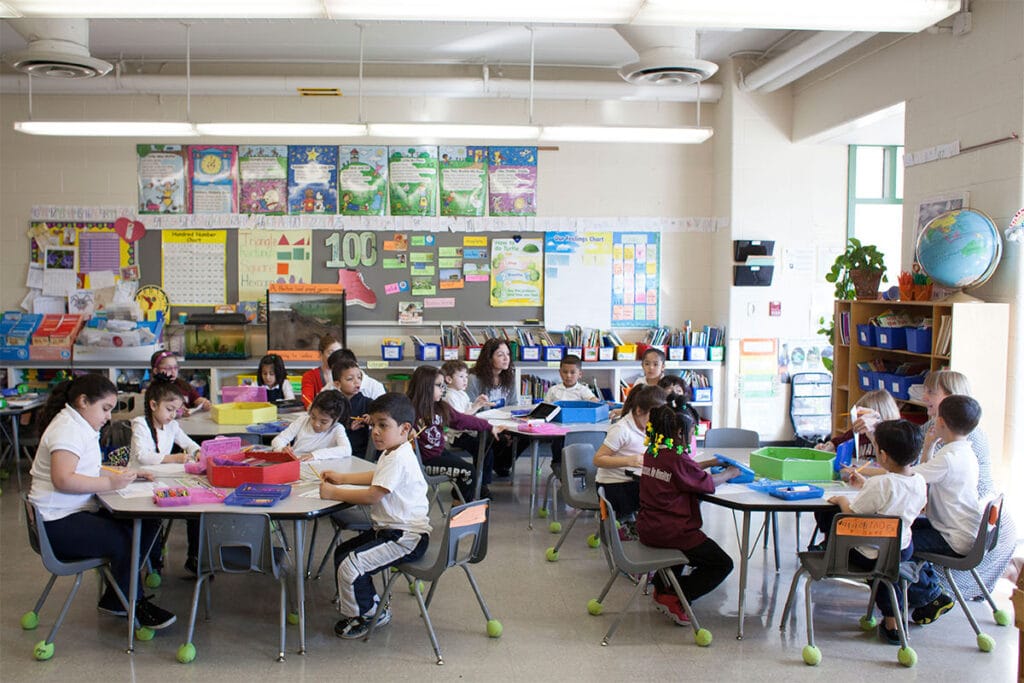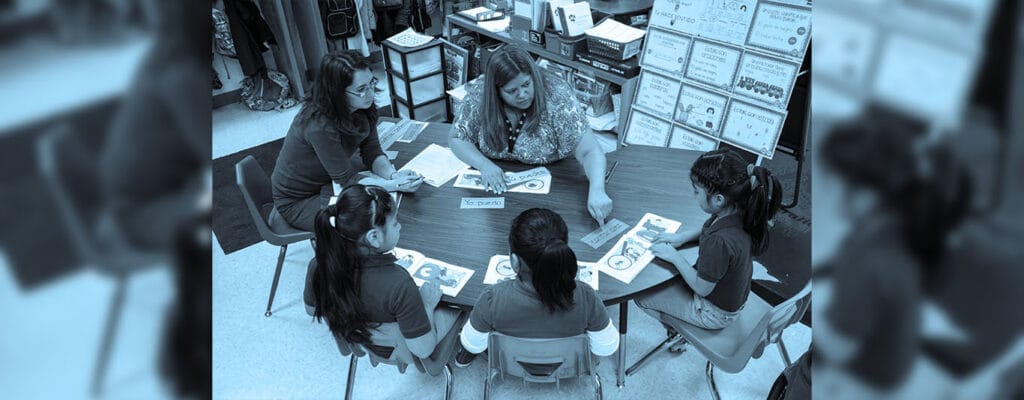


Imagine this, an unexpected visitor peeks into your classroom. What words do you want the visitor to use when describing how your classroom looks and feels? How do you want your students to describe their classroom to that visitor? Safe? Hard working? Joyful? Welcoming? Supportive? Collaborative? Empowering? When we first take the time to consider how we want our classroom to feel to our students, it will inform our approach to building a classroom culture
As educators, we know that the first weeks of school are critical for building a positive classroom culture. During this time we establish expectations and routines with our students, set goals, and begin to build a class identity. These next few weeks lay the groundwork for a productive and cooperative year of learning. How do we ensure this critical time is leveraged effectively so that, in a short time, our classroom is running like a well-oiled machine?
One way to cultivate the safe, joyful, and welcoming environment we desire is to approach classroom expectations as a tool to build culture versus managing students. As teachers, shifting our leadership style from a top-down management approach to that of a culture creator will help to facilitate a cohesive classroom community. Unfortunately, management is often interpreted as the way one disciplines and the sense of order or control one has in a classroom. It bestows the image of an all-knowing authority figure standing at the front of the room talking at students instead of with students.
In contrast, culture reflects an atmosphere of kindness, dignity, and mutual respect. It incorporates developmentally appropriate concepts that teach students the values that they will use both inside and out of the classroom. In a classroom that emphasizes culture over management, students have firm boundaries while being treated with the dignity and respect that all humans deserve.
When distinguishing between classroom management and classroom culture, approach expectations as responsibilities, as opposed to rules, and you will begin building a culture. A rule is a statement that tells you what you can or cannot do; it is a more “top down” approach where one person decides the rules and ends up enforcing them primarily on their own.
While we want to form guidelines and structure for the classroom, to create a positive classroom culture that is warm, welcoming and empowering, approach these guidelines as responsibilities instead of rules. Responsibilities are the ways we act and take care of people and our environment. They are created with the children using the language of “we, us, our” and focus on what to do. For example, instead of the rule “we don’t hit” try the responsibility “we keep our hands to ourselves.” Use the language of responsibility, create them with your children and you will create a sense of ownership and empowerment.
Consider these two different approaches: As a student, your teacher tells you to throw trash away because if you do not the consequence is you will get a clip moved down. What if instead, the teacher and students work together to decide that one way we take care of our space is throwing trash in the trashcan because that is where it belongs, and when we take care of our space it makes us feel good and keeps our space neat?
Viewing classroom expectations as responsibilities instead of rules empowers children to shape their behavior based on an understanding of the right thing to do while simultaneously sending the message that we are a community working together.
 Come together on the carpet, ask students what words they would like to describe the classroom. Let them know today we are going to work together to ensure the classroom feels that way.
Come together on the carpet, ask students what words they would like to describe the classroom. Let them know today we are going to work together to ensure the classroom feels that way.
When we pay attention to the needs, hopes, and dreams of students, and empower them to take on responsibilities, your classroom will become a place where all students feel seen and heard, in the classroom you imagined.


Job-embedded coaching is the key to teacher retention and literacy success. By providing real-time support, fostering collaboration, and improving instruction, coaching helps educators thrive[..]

CLI’s 15 on Friday podcast delivers bite-sized conversations on literacy and equity in just 15 minutes. Featuring authors, educators, and advocates, each episode inspires[..]